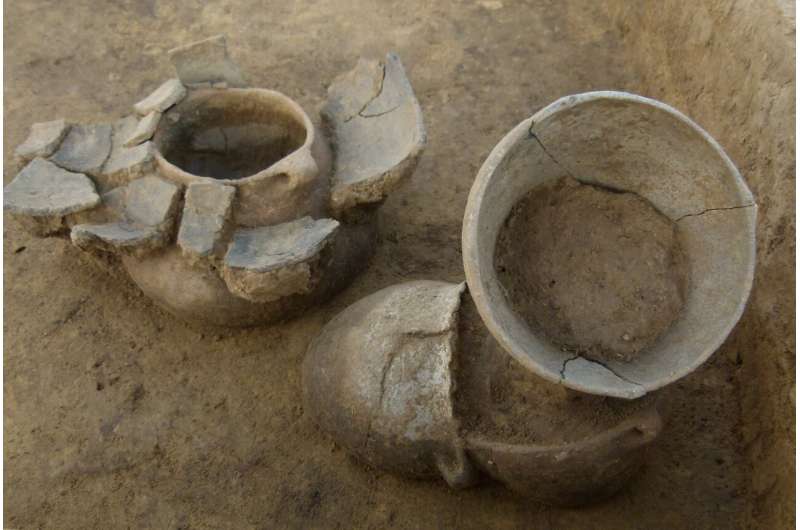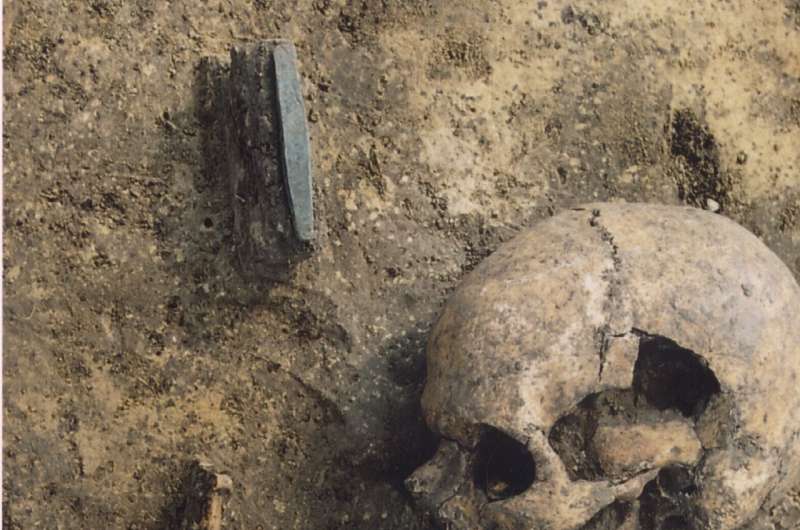This article has been reviewed according to Science X's editorial process and policies. Editors have highlighted the following attributes while ensuring the content's credibility:
fact-checked
peer-reviewed publication
trusted source
proofread
New research links early Europeans' cultural and genetic development over several thousand years

A new DNA study has nuanced the picture of how different groups intermingled during the European Stone Age, but also how certain groups of people were actually isolated. The study was carried out by researchers at Uppsala University working with an international team of researchers, who produced new genetic data from 56 Central and Eastern European individuals from the Stone Age. The results have been published in the journal Communications Biology.
"Conducting studies like this one requires a broad interdisciplinary discussion. In this study, this discussion has been exceptionally fruitful," says Tiina Mattila, population geneticist at Uppsala University and the study's lead author.
Over the past 15 years, DNA research has pieced together a picture of the history of the European Stone Age. Before agriculture spread to Europe, there were different groups of hunter-gatherers in different parts of Eurasia, who also intermingled with each other. This study shows that the intermingling of these hunter-gatherer genetic lines was strongly linked to geography.
Several previous DNA studies of Europe's pre-history have also shown that the spread of agriculture was strongly linked to the gene flow from Anatolia. That group was very different—genetically and culturally—from the European hunter-gatherers. But agriculture spread in different ways in different geographical areas, and this led to ethnic groups intermingling in different ways in different parts of Europe.

"These differences in the intermingling of genetic lines and cultures can tell us about the power relations between different groups," says Tiina Mattila.The new study also looked at close relatives.
"Common graves are often assumed to be family graves, but in our study this was not always the case. This shows that even during the Stone Age other social factors also played a role in burial practices," says Helena Malmström, archaeogeneticist at Uppsala University.
A more comprehensive picture of the genetic history of Stone Age Europeans has emerged in recent years, and this new study adds further detail to this puzzle.
"We can show that some parts of Europe—such as the area around the Dnipro River delta—were inhabited by isolated groups of hunter-gatherers for many thousands of years, even though many other parts of Europe changed their way of life when new groups arrived who produced food by tilling the soil," says Mattias Jakobsson, professor of genetics at Uppsala University.
More information: Genetic continuity, isolation, and gene flow in Stone Age Central and Eastern Europe, Communications Biology (2023). DOI: 10.1038/s42003-023-05131-3
Journal information: Communications Biology
Provided by Uppsala University



















